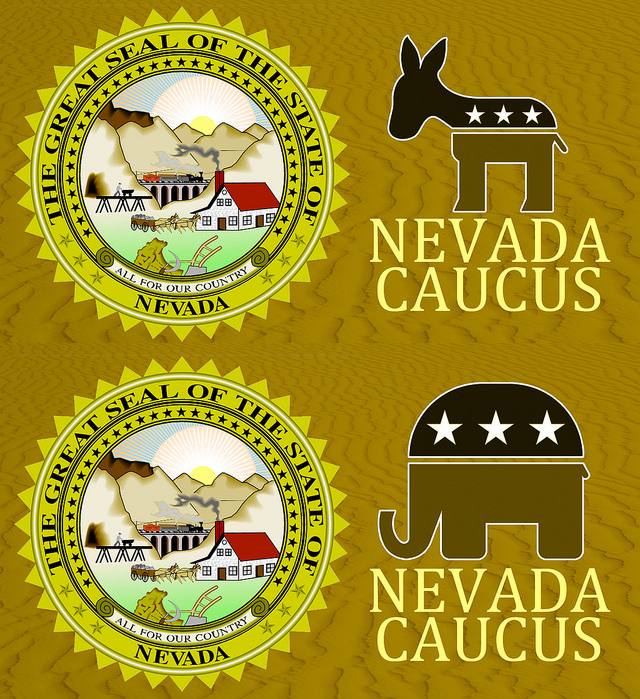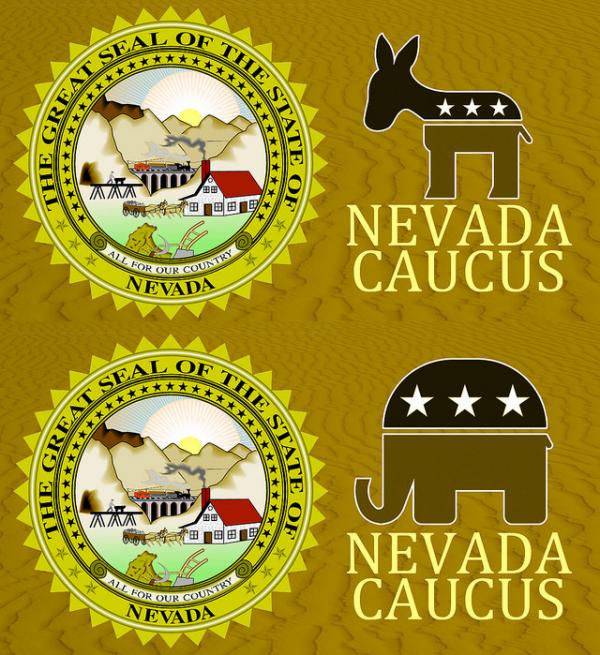KID REPORTERS’ NOTEBOOK
Are Caucuses Fair to Everyone?


On February 23, Nevada held Republican caucuses for only the third time in the state’s history. Billionaire businessman Donald Trump, the Republican frontrunner, earned 45.9 percent of the vote, putting him in first place. The victory seemed especially fitting in Las Vegas, where Trump's name is splashed across the top of a gold skyscraper. Florida Senator Marco Rubio came in second, besting Texas Senator Ted Cruz by a narrow margin.
Despite the mostly predictable results, many political experts and observers questioned whether the caucus process accurately represents the views of voters. To learn more, I emailed Meg Heubeck, the Youth Leadership Initiative's director of instruction at the University of Virginia Center for Politics.
First, I asked, how does a caucus work? Heubeck explained that a caucus is "a meeting of members of a specific political party . . . to determine who will be the candidate for the party. Voters . . . discuss, debate, and compromise until they arrive at a consensus for a candidate. A caucus is run by the party, not by the board of elections."
Political candidates or their representatives can show up at a caucus and try to sway voters' opinions. Critics say that such influence can be intimidating.
There is another disadvantage to the caucus process: the limited number of people who can participate. A caucus typically lasts two or more hours. Many working people are unable to take that amount of time off from their jobs. Evening meetings are also difficult for elderly people and parents of young children to attend.
ARE PRIMARIES THE ANSWER?
A popular alternative to the caucus system is a primary, Heubeck said. “A primary is an election that is held to determine which candidate will be the party's nominee in that state," she explained. "Primaries differ from state to state. Some states hold open primaries, in which any registered voter can participate regardless of party affiliation."
Primaries are held at the places where people will cast their votes in the general election in November. Primaries are also run just like they are on Election Day. There is generally a higher voter turnout at primaries because people can just show up, vote, and leave. Also, candidates and their representatives are not allowed to try to influence people at polling places, as they can at a caucus.
Before the 1970s, most states used caucuses to choose their delegates for president. When reformers developed the primary process, many states began to switch over. "Caucuses tend to be sparsely attended and mostly attract those who are most dedicated to the candidates," Heubeck said. "If high voter turnout means that a candidate the party [doesn't like] will win, they may decide to hold a caucus."
Political parties’ control over caucuses is what caused many people to call for reform in the 1970s. Nevada switched from primaries to caucuses in 2008. The process does bring more nationwide attention and visitors to the state. The question is: Do the caucuses reflect the views of the greatest number of voters?
